A magical world of Harry Potter in a few words is something to be felt as the result of the hearts and minds of so many people from all the lands across the continents. The fandom of Harry Potter’s biggest fans who cannot simply live with wanting to feel the amazing atmosphere of magic even after the world of the movie is over, is in the UK House, where they will be able to get what they seek in the way of Potter movies shooting places.
Here Below The 8 Harry Potter Filming Locations You Can Visit in Britain
| Filming Location | Address |
| King’s Cross Station | Euston Rd., London N1 9AL, United Kingdom |
| Goathland Railway Station | Goathland, Whitby YO22 5NF, United Kingdom |
| Bodleian Library | Broad St, Oxford OX1 3BG, United Kingdom |
| Lacock Abbey | Lacock, Chippenham SN15 2LG, United Kingdom |
| Piccadilly Circus | London, England |
| Durham Cathedral | Durham DH1 3EH, United Kingdom |
| Gloucester Cathedral | 12 College Grn, Gloucester GL1 2LX, United Kingdom |
| London Zoo | Outer Cir, London NW1 4RY, United Kingdom |
King’s Cross Station, London, England
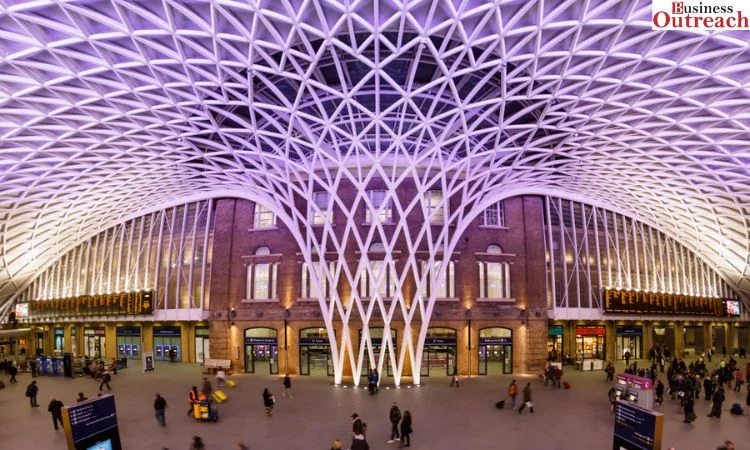
Source:Conde Nast Traveler
An amazing tourist place in the Harry Potter series of the King’s Cross Station is introduced. This is the place that Harry’s and his friends’ journey begins from here to Hogwarts School of Wizardry and Magic. In book one, they learn the special way to enter the magical world through platform 9¾ and go through the Hogwarts Express.
Address: Euston Rd., London N1 9AL, United Kingdom
Many years ago, in the last movie, Harry, Ron, and Hermione gave a send-off to their own children at Platform 9 ¾ as they were heading towards Hogwarts.
The J.K. Rowling’s Platform 9 ¾ at the King’s Cross Station provides real-life fans with a place where they imagine themselves going through the magical platform. There’s also a suitcase trolley to boost the wall with lines where people can take as many pictures for virtual participation in Hogwart.
King’s Cross train station or London King’s Cross if you prefer a longer name is just one of the many stations located in Camden, a place inside London. It’s A very bustling and important one, primarily for the railways heading to Yorkshire, North Eastern England and Scotland. To the side of King’s Cross is another station located close by called St Pancras International, and trains leave this station to go to Europe. King’s Cross St Pancras station is under the St Pancras one and both are located next to the Hogwarts Express platform at King’s Cross Station.
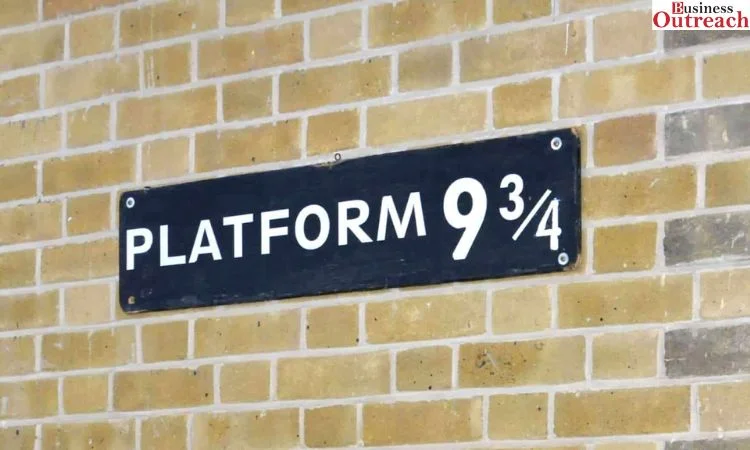
source:Historic UK
The station was earlier known to have opened in the year 1852 and was mainly used by trains going up the English coast via east. At the start, it was on the minor side to accommodate only a few trains and trains going to nearby areas but gradually as time went on, it enlarged to cater to many trains. In the 70s, it got updated and 250 mile per hour Intercity replaced its steam trains.
Goathland Railway Station
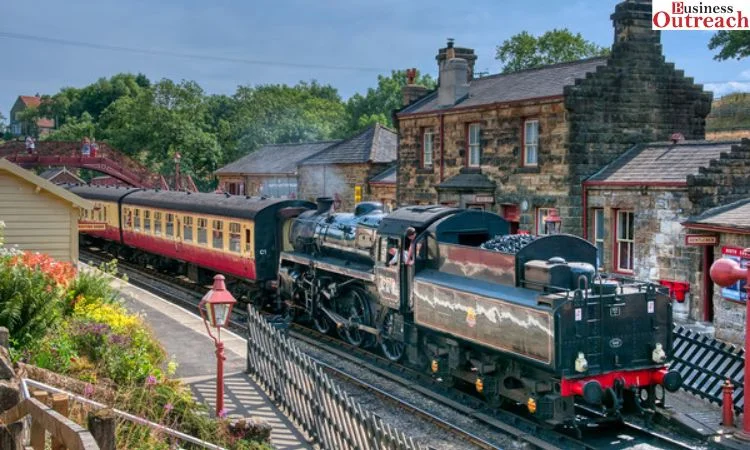
source:Photo4me
Goathland railway station, which you might have recognized from Harry Potter ,was a tiny charming platform, where trains rarely run between coasting villages. The chosen place is situated in the North York Moors National Park, Britain. Even this site has the chance of being there on a screen of a people’s favourite show and films. If a train lover is your thing, you can really stay in the vintage feeling in a sleeping carriage, the same goes for sleeping in a genuine canoe.
Address: Goathland, Whitby YO22 5NF, United Kingdom
The station is not only a part of but also has some initial stories. It is the current line to have replaced a few other stations before. The old station was situated at the end of a grading, and thus trains were pulled up with a hook. The new office was created by the architect named Thomas Prosser. The buildings haven’t changed much since then!
Due to lack of visitors in 1965, the station ran very poorly and eventually had to be sold. However, fortunately it came back through 1973, by which it was run by the tourists who enjoyed nature and scenic areas.
Bodleian Library, Oxford University, Oxford, England
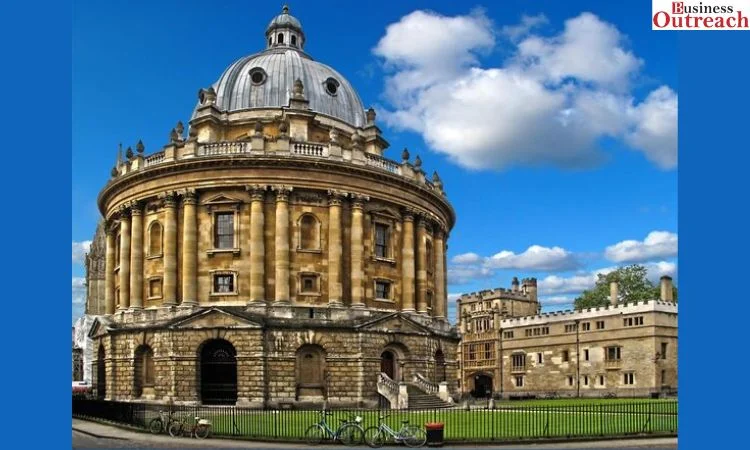
source:Viator
Bodleian Library is a library at the University of Oxford that is the oldest university in Britain. It is the Bodleian, being named after Thomas Bodley who contributed to its fund. It features an unparalleled collection – more than 13 million!
Address: Broad St, Oxford OX1 3BG, United Kingdom
Looking at it this way, it incredibly becomes the largest library after the British Library. It’s a legal requirement, given that not more than six special libraries in the UK list it as one of them, where they should keep a copy of every book published there. To add to this I am likewise entitled to request for copies of books published in Ireland.
The people at University of Oxford refer to it as “Bodley” or “the Bod” After all, you can’t make a library book disappear, only read it as long as the library keeps it on shelves.
In 2000, all the libraries at Oxford University did a naming thing, which was called Oxford University Library Services (OULS) in the beginning and then was changed to Bodleian Libraries in 2010. The Bodleian Library with its 11 immensely livable personal residences is the group’s most significant segment.
One feature of each of the colleges in Oxford that impressed me greatly was that every college owns its own library, which were usually started before the Bodleian. These repositories have nothing to do with the Bodleian, but researchers through SOLO, which uses a shared online catalogue. While University College is its own catalog, though, it also has its own.
Two years later, in 2015, many of the Bodlean Library’s documents that are still not readable to all were scanned, and these scan files were placed online.
Besides the Bodleian Library’s Cool Rooms, there is also Divinity school, which is the oldest teaching room at Oxford University. When Harry in the “Harry Potter” books was in the Hogwarts Infirmary instead he would have had to go to a hospital before meeting with Voldemort and dying.
Lacock Abbey, Wiltshire, England
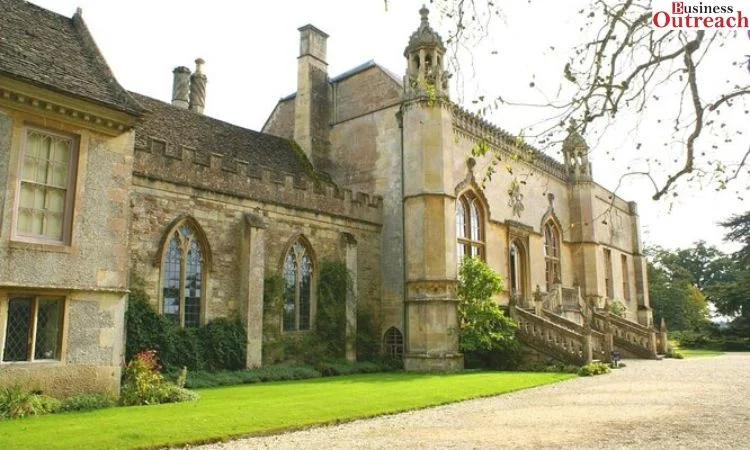
Source: Viator
The historic Lacock Abbey is a medieval building in the village of Lacock, which is situated in Wiltshire, England. In the early 13th century, the castle was constructed by Ela, Countess of Salisbury, who was herself a noblewoman.
Address: Lacock, Chippenham SN15 2LG, United Kingdom
The land started its life as an abode of nuns who followed the Augustinian order to the full. As in the 16th century when the Roman Cath being institutions were closed in England, the abbey was sold to Sir William Sharington. He made it his place, persevering along with his family.
At the time of the English Civil War, the Abbey not only served as a king’s side guard but also contributed a significant role in the royalist’s victory. Nevertheless, among the various battles, Deviz which was won by the opposing side in 1645 and further, resulted in the defeat of the Parliamentarian army at the abbey.
The construction itself has undergone a series of transformations over years. Quite parts were constructed or improved in the same way, so you will see various styles of architecture combined. The rooms are on the first floor while the walls are made of stone with lime and water site roofs, unique chimney stacks, and windows with divided panes.
Afterwards, St. John’s became the legacy of the Talbot family. During the 19th century, William Henry Fox Talbot, a talented inventor and pioneer in photography, resided in it. He was the first to accomplish two significant achievements, namely, creating the reference camera negative only in 1835, and taking his picture of one of the windows.
The abbey belonged to Matilda Theresa Talbot, an artist, in 1944 and she donated it to the National Trust that included a small village in the vicinity as well. Nowadays the abbey is the Fox Talbot Museum, which is devoted to the work of William Talbot who in his time was greatly interested in photography.
The National Trust brings both the abbey and the village under the same heading “Lacock Abbey, Fox Talbot Museum & Village”. Abbey itself is given the Grade I classification that it has dates back to 1960.
Piccadilly Circus, London, England
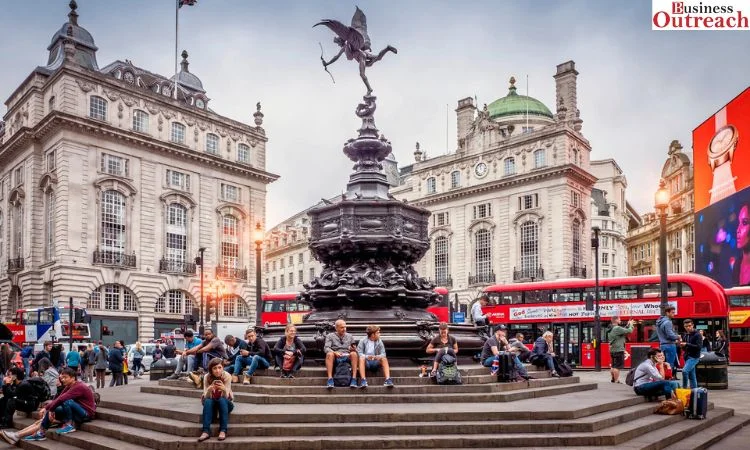
source:Thrillophilia
Unlike your usual commuting experience of vehicles flying in all directions, Piccadilly Circus is more like a landmark roundabout and forum in London’s upscale West End district. It was established ages ago, at the beginning of the 19th century (year 1819), exactly to unite Regent Street and Piccadilly.
The current Piccadilly Circus is in this area where it joins so many streets subsequently like Piccadilly, Regent Street, Shaftesbury Avenue, the Haymarket, Coventry Street, and Glasshouse Street. It happens to be a strategic location because there are many shops here and exhilarating activities in the city. Not only the number of roads there is too, but it’s always full of people. Moreover, it is one of the top destinations for tourists.
To my mind, this was a fleeting moment during “Harry Potter and the Deathly Hallows Part 1”, when Harry, Ron and Hermione raced through Piccadilly Circus, and almost got knocked down by a bus. The thing I love at that place is running into the display window to see all those cool things, like huge bright signs and a fountain with a statue on top.
Durham Cathedral
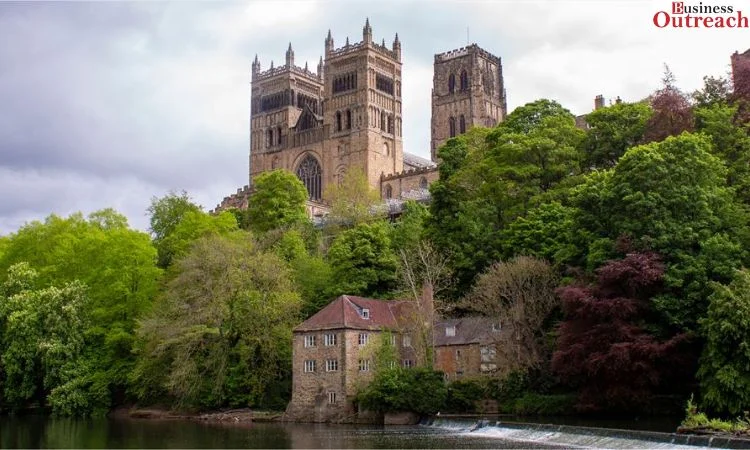
Source: This is Durham
Durham Cathedral, constructed in the XII century, its facade looks like a Roman ruin, is a very outstanding structure for the student. And as it is placed on the UNESCO’s World Heritage List that’s why it’s recognized as such.
There is that movie scene with the Harry Potter title where they are learning the art of magic! Some of those scenes are the ones in which Harry, Hermione, and Ronald are found over here (McGonagall’s class), practicing magic. On the stressful part of the street is the Chapter House where they often rehearse but it’s not usually open to the public because they keep it busy for the staff who work there.
Address: Durham DH1 3EH, United Kingdom
The previous point refers to the presence of a green lawn area called Cloister Garth which could be the next scene of the movie. Through their filming, they also showed those places, as for example, when Harry lets his owl free and when Ron gets sick.
This churchyard is really old and has a high vault done in stone. It was actually here for 900 years and aging but looks far from that at (adjective 3). Next to the cathedral is Durham Castle, which was brought into existence in 1072.
Gloucester Cathedral, Gloucester, England
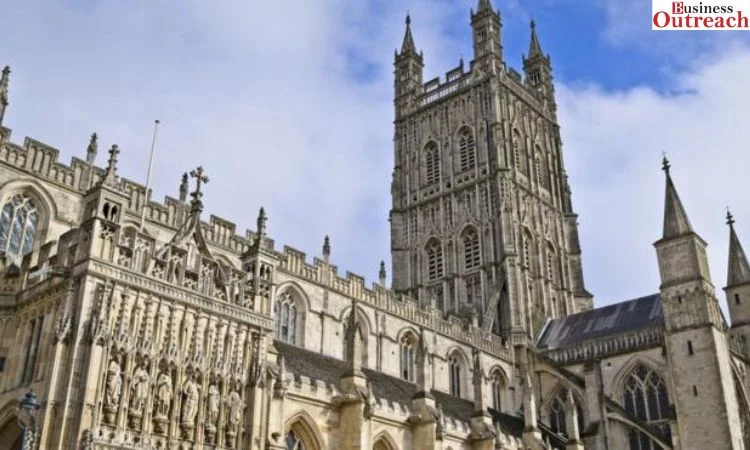
source:BBC
Gloucester Cathedral, also known as the Cathedral Church of St Peter and the Holy and Indivisible Trinity, is located in Gloucester, England, near the River Severn. That was Gloucester Abbey and its Saint Peter, who was considered to be the king at that time, Osric, who inhabited this monastery from around 679.
The history of the church is a bit complicated. The Osric Charity has been administered by a group called the Benedictine Order since around the beginning of the 11 century. Then, around 1058, a bishop named Ealdred from Worcester moved the abbey to a different spot.
Address: 12 College Grn, Gloucester GL1 2LX, United Kingdom
The abbey was doing its business quite badly at that time.By 1072, there were only two monks left. However, the trend reversed and everything started to go better.
The church is best known for its stunning interior, which was too magnificent to use in Harry Potter films. You can spot it in scenes where they show Hogwarts’ inside. The refectory cloisters, which are covered walkways or gangways, are seen in “Philosopher’s Stone” just after Hermione was trapped by a troll in the toilets. They were also used to show the corridor leading to the Gryffindor common room.
London Zoo

source:Timeout
London Zoo, also referred to as ZSL London Zoo or London Zoological Gardens, is the world’s first, scientific zoo that was opened in the year 1828.Originally intended for scientific study, it opened to the public in 1847. Described as one of the biggest zoos in the UK, it is located in Colchester, Essex and is managed by the Zoological Society of London.
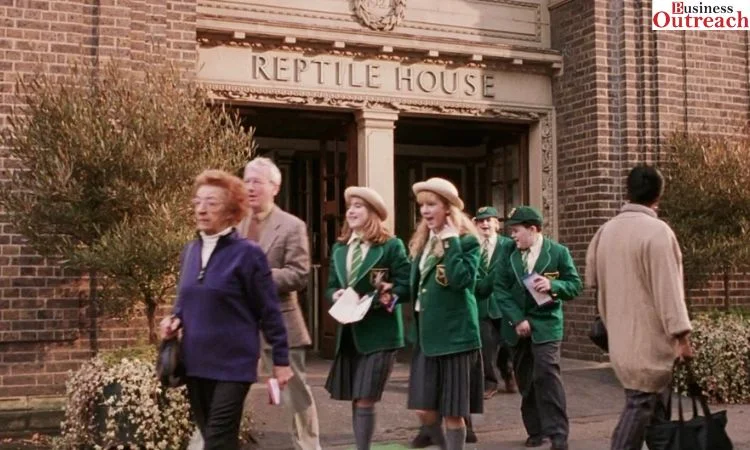
source:Harry Potter Wiki-Fandom
They include nearly 15,000 species as per the end of year 2022. Located at the northern edge of Regent’s Park, it boasts several firsts in zoo history, including the first reptile house, public aquarium, insect house, and children’s zoo.
Address: Outer Cir, London NW1 4RY, United Kingdom
The zoo’s history is punctuated by intensely significant milestones like the re-homing of animals from the royal zoo in the Tower of London in the early 1800 and the enforcement of high standards of animal welfare and the design of exhibits championed by first generation individuals like Peter Chalmers Mitchell. During the Second World War, the zoo initially had to withstand a time with the gates closed and bombings when they finally succeeded in protecting the animals.
At the present time, the London Zoo is actively participating in international species development programs and even deals with financial crises: a great danger of closing during the 80’s.
In the one, when Harry’s speaking with the snake and makes his discovery, he can speak Parseltongue at the Reptile House in the zoo.
Conclusion
In conclusion, the spell that is cast on the Harry Potter movie has been consistently felt by people everywhere and the actions have produced a strong connection with the film community. For devoted supporters who wish for even closer communication, the UK offers the magical world of Harry Potter with incredible behind the scenes places.















